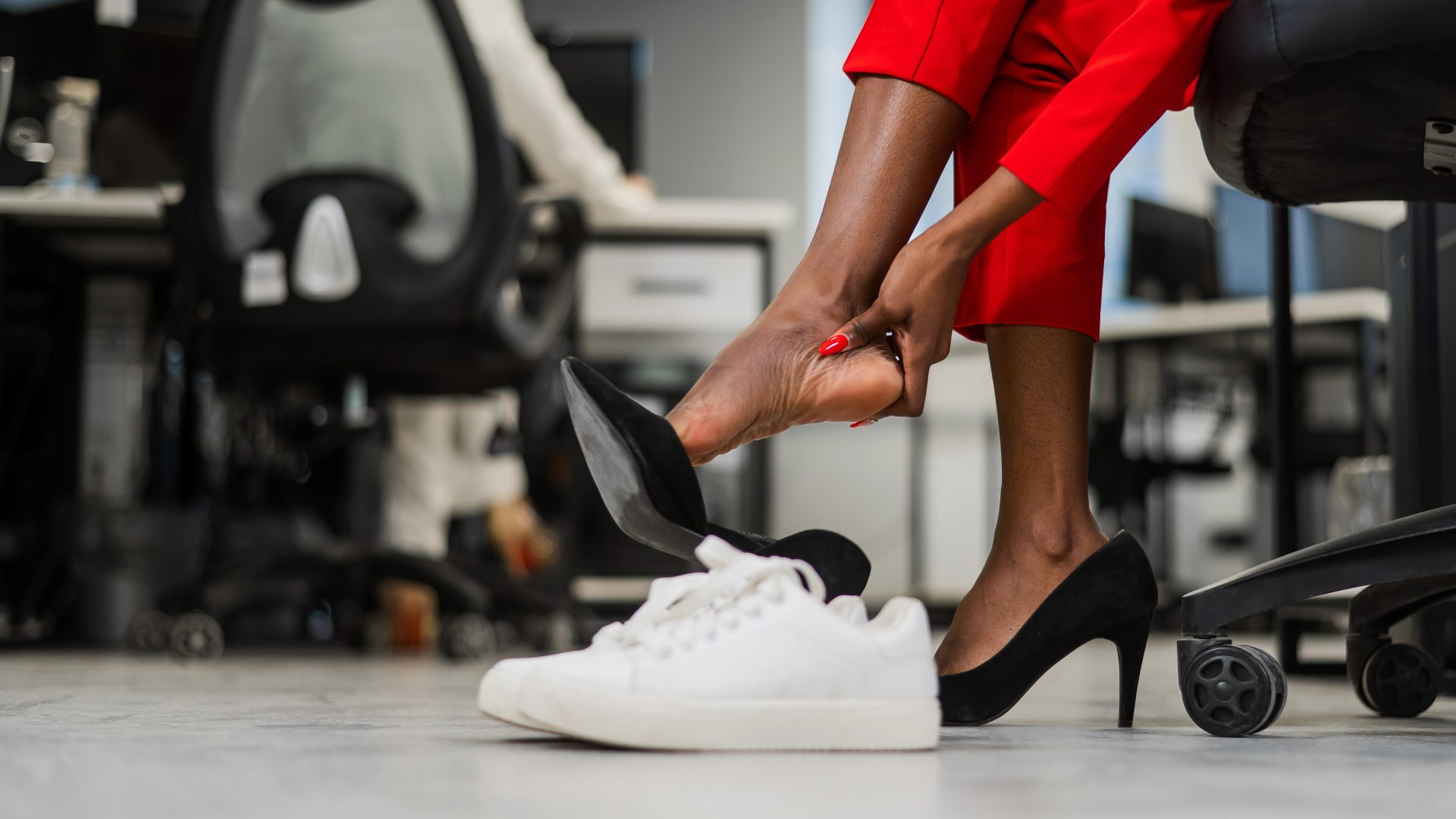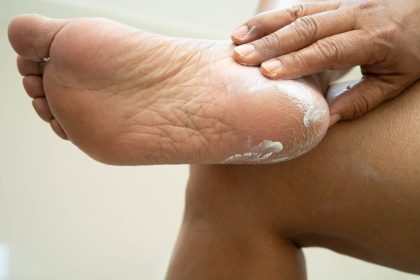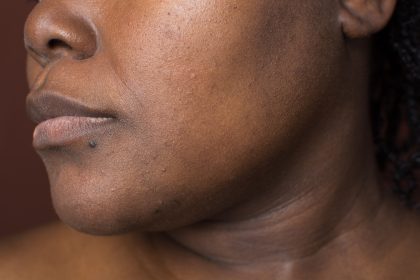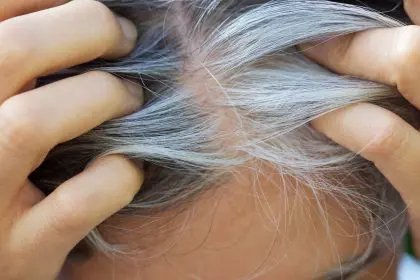Cracked heels represent one of the most frustrating foot problems, causing pain, embarrassment, and persistent discomfort despite seemingly endless applications of lotions and moisturizers. While dry skin appears to be the obvious culprit, the reality behind heel fissures involves complex interactions between structural, medical, and environmental factors that simple moisturizing cannot address.
The heel area experiences unique stresses and challenges that make it particularly vulnerable to cracking. Understanding why moisturizers fail to solve this problem requires examining the deeper mechanisms that create and perpetuate heel fissures, many of which operate independently of surface moisture levels.
The persistent nature of cracked heels despite diligent moisturizing efforts indicates that underlying factors are continuously working against topical treatments, creating a cycle of temporary improvement followed by recurring problems that can worsen over time.
Excessive pressure and weight distribution problems
The first major reason moisturizers fail to prevent cracked heels lies in the mechanical forces that constantly stress heel skin beyond its ability to remain intact. The heel bears significant body weight during walking, standing, and daily activities, creating pressure that can exceed the skin’s capacity to stretch and flex without breaking.
Weight distribution abnormalities can concentrate excessive pressure on specific areas of the heel, creating stress points where skin repeatedly stretches beyond its elastic limits. This mechanical stress occurs regardless of moisture levels and can cause cracks to form even in well-hydrated skin.
Gait abnormalities, leg length differences, and structural foot problems can create uneven pressure patterns that subject certain heel areas to forces far exceeding normal limits. These biomechanical issues continue causing damage even when topical moisturizers maintain surface hydration.
The constant cycle of pressure application and release during walking creates repetitive stress that gradually weakens skin structure over time. This mechanical fatigue process occurs at the cellular level and cannot be prevented through external moisturizing alone.
Thick callus formation blocking moisture penetration
The second crucial factor involves the development of thick, hardened callus tissue that forms as a protective response to repeated pressure and friction. While calluses serve a protective function, they can become so thick that moisturizers cannot penetrate effectively to reach the underlying skin layers.
Callus tissue has a different structure than normal skin, with tightly packed dead skin cells that create a barrier preventing moisture from reaching the deeper layers where flexibility and elasticity are maintained. This creates a situation where surface applications of lotion cannot address the hydration needs of the skin beneath the callus.
The thicker the callus becomes, the more likely it is to develop rigid areas that cannot flex with foot movement, leading to stress concentrations that cause cracking along the edges or through the callus itself. These structural problems persist regardless of surface moisture levels.
Callus formation often occurs in response to pressure and friction patterns that continue unchanged, meaning new callus tissue constantly forms even as moisturizers work on surface layers. This ongoing cycle prevents long-term resolution through moisturizing alone.
Underlying medical conditions affecting skin integrity
The third reason moisturizers may fail involves underlying medical conditions that affect skin structure, healing capacity, or moisture retention at the cellular level. These conditions create persistent vulnerabilities that topical treatments cannot overcome without addressing the underlying health issues.
Diabetes can significantly impair circulation and nerve function in the feet, reducing the skin’s ability to maintain normal structure and repair minor damage before it progresses to visible cracks. The altered blood flow and cellular metabolism in diabetic patients creates ongoing challenges that moisturizers cannot fully address.
Thyroid disorders can affect skin texture, thickness, and moisture retention throughout the body, including the feet. When thyroid function is impaired, skin may become persistently dry and brittle regardless of external moisturizing efforts.
Autoimmune conditions can cause inflammatory responses that affect skin structure and healing capacity, creating ongoing damage that outpaces the protective effects of topical moisturizers. These systemic conditions require medical management beyond simple foot care routines.
Fungal infections creating skin barrier disruption
The fourth hidden cause involves fungal infections that compromise skin barrier function and create persistent inflammation that prevents normal healing and moisture retention. Fungal organisms can colonize heel areas and create ongoing damage that topical moisturizers cannot resolve.
Athlete’s foot and other fungal infections can extend beyond obvious symptoms like itching or visible scaling to cause subtle changes in skin structure that increase susceptibility to cracking. The fungal organisms produce enzymes that break down skin proteins and disrupt normal barrier function.
Chronic low-level fungal colonization may not produce obvious symptoms but can create persistent inflammation and skin barrier dysfunction that prevents effective moisture retention regardless of lotion application frequency or quality.
The presence of fungal organisms can also interfere with the skin’s natural repair processes, preventing small cracks from healing properly and allowing them to progress into deeper fissures that are resistant to moisturizing treatments.
Nutritional deficiencies affecting skin structure
The fifth underlying cause involves nutritional deficiencies that impair the body’s ability to maintain healthy skin structure and repair mechanisms. These deficiencies affect skin integrity from within, creating vulnerabilities that cannot be corrected through external moisturizing alone.
Essential fatty acid deficiencies can significantly impact skin barrier function and moisture retention capacity throughout the body, including the feet. When the body lacks adequate omega-3 and omega-6 fatty acids, skin becomes more prone to dryness and cracking regardless of topical treatments.
Protein deficiencies can impair the production of structural proteins like collagen and elastin that give skin its strength and flexibility. Without adequate protein intake, skin becomes more brittle and susceptible to mechanical damage from normal daily activities.
Vitamin and mineral deficiencies, particularly zinc, vitamin E, and B-complex vitamins, can affect skin healing capacity and barrier function. These nutritional gaps create ongoing vulnerabilities that persist despite consistent moisturizing routines.
Environmental factors overwhelming moisturizing efforts
The sixth reason involves environmental conditions that continuously strip moisture from feet faster than topical applications can replace it. These environmental challenges create ongoing stress that can overwhelm even the most diligent moisturizing routines.
Low humidity environments, particularly during winter months or in air-conditioned spaces, create conditions where skin loses moisture rapidly through evaporation. This constant moisture loss can exceed the protective capacity of standard moisturizers, leading to persistent dryness and cracking.
Exposure to harsh chemicals, cleaning products, or occupational hazards can damage skin barrier function and create ongoing irritation that prevents proper healing. These chemical exposures may occur through direct contact or through materials that come into contact with feet.
Temperature extremes, whether hot or cold, can stress skin structure and impair barrier function, creating conditions where normal moisturizing routines become insufficient to maintain skin integrity.
Footwear problems creating mechanical stress
The seventh factor involves footwear issues that create ongoing mechanical stress and pressure patterns that overwhelm the protective effects of moisturizers. Poorly fitting shoes can create friction, pressure points, and abnormal foot positioning that leads to persistent skin damage.
Shoes that are too tight, too loose, or poorly designed can create repetitive friction that damages heel skin faster than it can repair itself. This mechanical damage continues throughout the day regardless of morning or evening moisturizing routines.
High heels and shoes with poor support can alter weight distribution and create excessive pressure on heel areas, leading to callus formation and subsequent cracking that cannot be prevented through moisturizing alone.
The materials used in shoes and socks can also contribute to the problem by creating friction, trapping moisture in ways that promote bacterial or fungal growth, or failing to provide adequate cushioning to reduce pressure on vulnerable heel areas.
Age-related changes in skin structure
The eighth underlying cause involves natural aging processes that alter skin structure, thickness, and repair capacity in ways that make heel cracking more likely despite consistent moisturizing efforts. These age-related changes affect skin at the cellular level and cannot be fully reversed through topical treatments.
As skin ages, it produces less natural oil and loses elasticity, making it more susceptible to cracking under normal stresses. The cellular renewal processes that repair minor damage also slow down, allowing small problems to progress into larger fissures.
Collagen and elastin production decreases with age, reducing skin’s ability to stretch and flex without breaking. This structural weakness makes aged skin particularly vulnerable to the mechanical stresses that feet experience during daily activities.
The skin’s natural barrier function also declines with age, making it less effective at retaining moisture even when moisturizers are regularly applied. This creates a situation where aging skin requires more intensive treatment than simple moisturizing can provide.
Inflammatory skin conditions causing persistent problems
The ninth reason involves underlying inflammatory skin conditions that create ongoing damage and impair healing processes, making cracked heels resistant to standard moisturizing treatments. These conditions create cellular-level changes that affect skin structure and function.
Eczema, psoriasis, and other inflammatory skin conditions can affect foot skin and create persistent areas of dysfunction that are prone to cracking and resistant to topical moisturizers. These conditions often require specific medical treatments beyond general foot care.
Contact dermatitis from allergens or irritants can create ongoing inflammation that prevents normal skin barrier function and healing processes. This inflammatory response can persist even when the original trigger is removed, creating long-term vulnerabilities.
The inflammatory processes associated with these conditions can also interfere with the effectiveness of moisturizers by creating ongoing cellular damage that outpaces the protective effects of topical treatments.
Circulation problems limiting healing capacity
The tenth hidden cause involves circulation problems that limit the delivery of nutrients and oxygen to heel skin, impairing its ability to maintain normal structure and repair damage effectively. These vascular issues create ongoing vulnerabilities that topical treatments cannot fully address.
Poor circulation can result from various factors including diabetes, peripheral artery disease, heart conditions, or simply prolonged sitting or standing that impairs blood flow to the feet. When circulation is compromised, skin receives inadequate nutrients for maintenance and repair.
Reduced blood flow also impairs the removal of metabolic waste products from skin tissue, creating an environment that is less conducive to healthy skin function and repair processes. This creates ongoing challenges that persist regardless of external moisturizing efforts.
The healing response that repairs minor skin damage depends on adequate blood supply to deliver immune cells, nutrients, and growth factors to damaged areas. When circulation is impaired, even small cracks can progress to deeper fissures that become resistant to treatment.
Comprehensive approaches beyond simple moisturizing
Understanding why moisturizers alone cannot solve persistent heel cracking problems reveals the need for more comprehensive approaches that address underlying causes rather than just surface symptoms. Effective treatment often requires identifying and addressing the specific factors contributing to an individual’s heel problems.
Mechanical factors may require changes in footwear, weight distribution, or activity patterns to reduce excessive pressure on vulnerable heel areas. Professional evaluation can help identify gait abnormalities or structural problems that contribute to abnormal stress patterns.
Medical conditions that affect skin integrity or healing capacity require appropriate medical management to create conditions where topical treatments can be more effective. This may involve managing diabetes, treating fungal infections, or addressing nutritional deficiencies.
Environmental and lifestyle factors often need modification to create conditions that support rather than undermine moisturizing efforts. This might include using humidifiers, changing footwear materials, or protecting feet from harsh chemicals or extreme temperatures.
Building effective heel care strategies
The key to resolving persistent heel cracking lies in developing individualized approaches that address the specific combination of factors contributing to each person’s problem. This typically involves combining appropriate moisturizing with targeted interventions that address underlying causes.
Professional evaluation can help identify which factors are most significant in individual cases, allowing for more targeted and effective treatment strategies. This might involve podiatric assessment, medical evaluation, or consultation with dermatology specialists depending on the underlying causes.
Patience and consistency are essential because addressing underlying causes often takes time to show results. The factors that create persistent heel cracking typically develop over months or years, and resolving them requires sustained effort and appropriate interventions.
Your journey to healthy heels requires understanding that moisturizing, while important, represents just one component of comprehensive foot care that addresses the complex factors contributing to this persistent and frustrating problem.
















